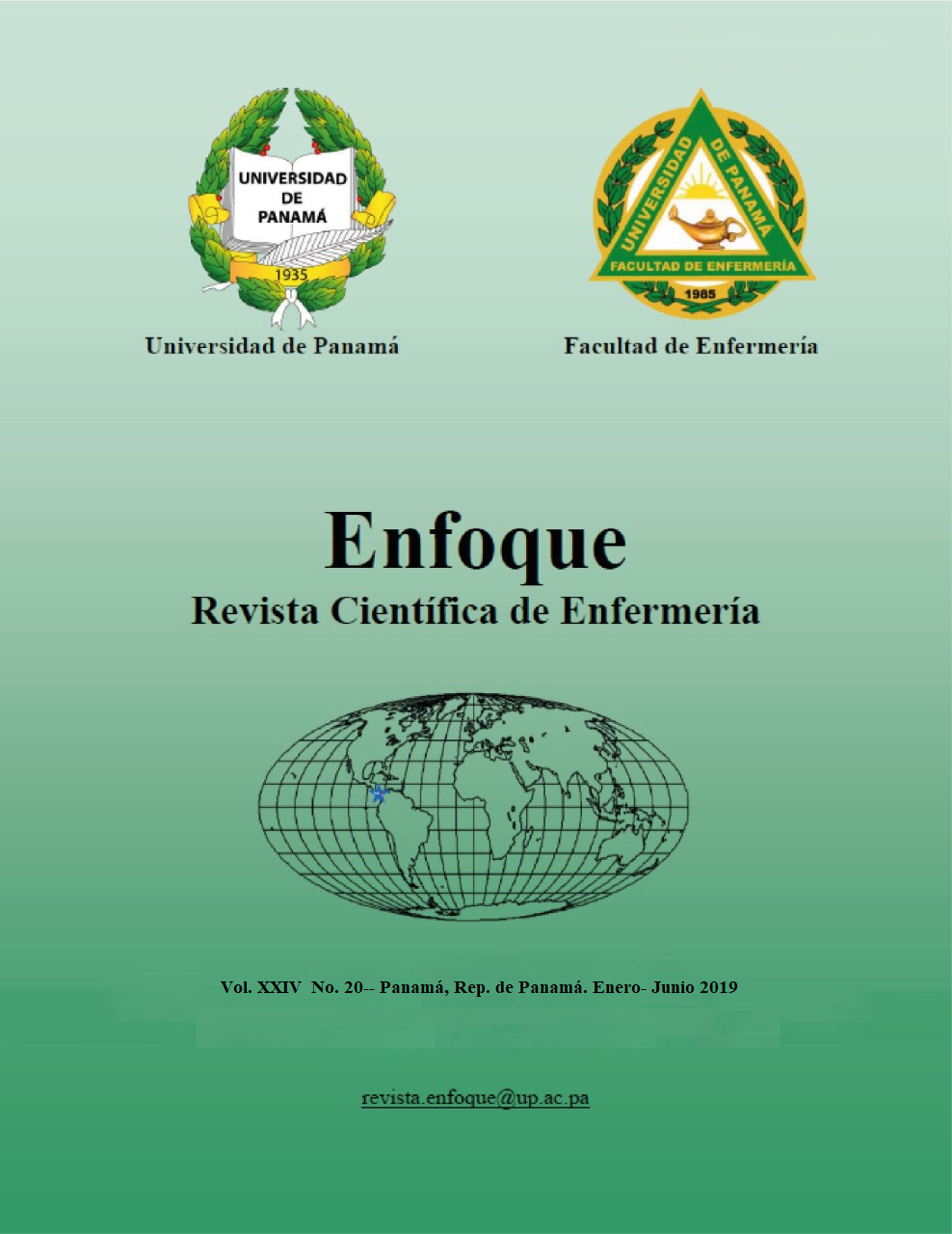

Objective: To know the factors that affect the coverage of the influenza vaccination in pregnant women.
Methods: This is a descriptive, cross-sectional study with a sample of 168 randomly selected puerperal women.The OR was used to measure risk. The statistical association was 95% confidence and a 5% error for a X2 of 3.84.
Results: It was statistically demonstrated that there is an association among the following variables which became a risk factor: knowing that the vaccine is not applied during pregnancy OR = 15.79 CI (2.88-86.4) X2 = 16.5 and a p = 0.000; not offering the influenza vaccine to the pregnant woman by health personnel OR = 96.2, CI (12.5- 738.09), X2 = 57.4 and a p = 0, 000 and the access to health services, namely, using taxi transportion during pregnancy
pregnancy OR = 2.66, IC (1.15-6.16) X2 = 5.52 and a p = 0.01, and the mobilization cost of more than a balboa/dollar OR=0.56.5,IC=0.99-12.41,X2=4.19,p=0.0404.
Furthermore, some protective factors with statistical significance were identified, such as: the age of 30-39 years OR = 0.22, IC = 0.05-0.99, X2 = 5.89, p = 0.0152; knowing that the vaccine can be administered during pregnancy OR = 0.06, IC = 0.01-0.03, X2 = 16.5, p = 0.0000; health personnel offering the vaccine OR = 0.01, IC = 0.001-0.079, X2 = 57.9, p = 0.0000, the cost of mobilization being less than a balboa / dollar OR = 0.28, IC = 0.08-1.00, X2 = 4.19, p = 0.0404.
Conclusion: Pregnant women and health personnel need training in the safety and effectiveness of the influenza vaccine for its promotion and handling. A training program for health personnel and the standard mandatory guidance for pregnant women regarding the vaccine in their first prenatal checkup and for adolescents in schools is recommended.